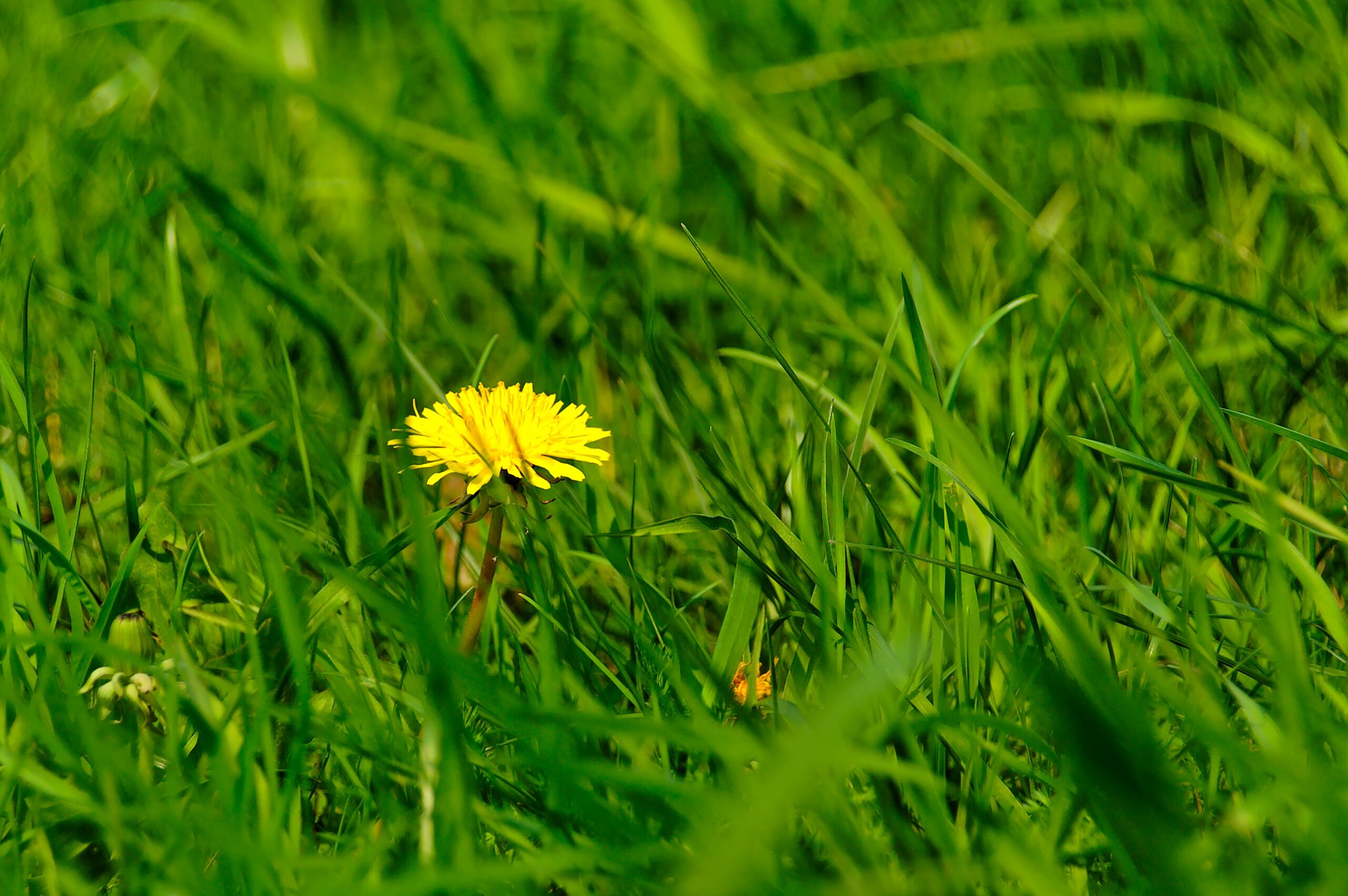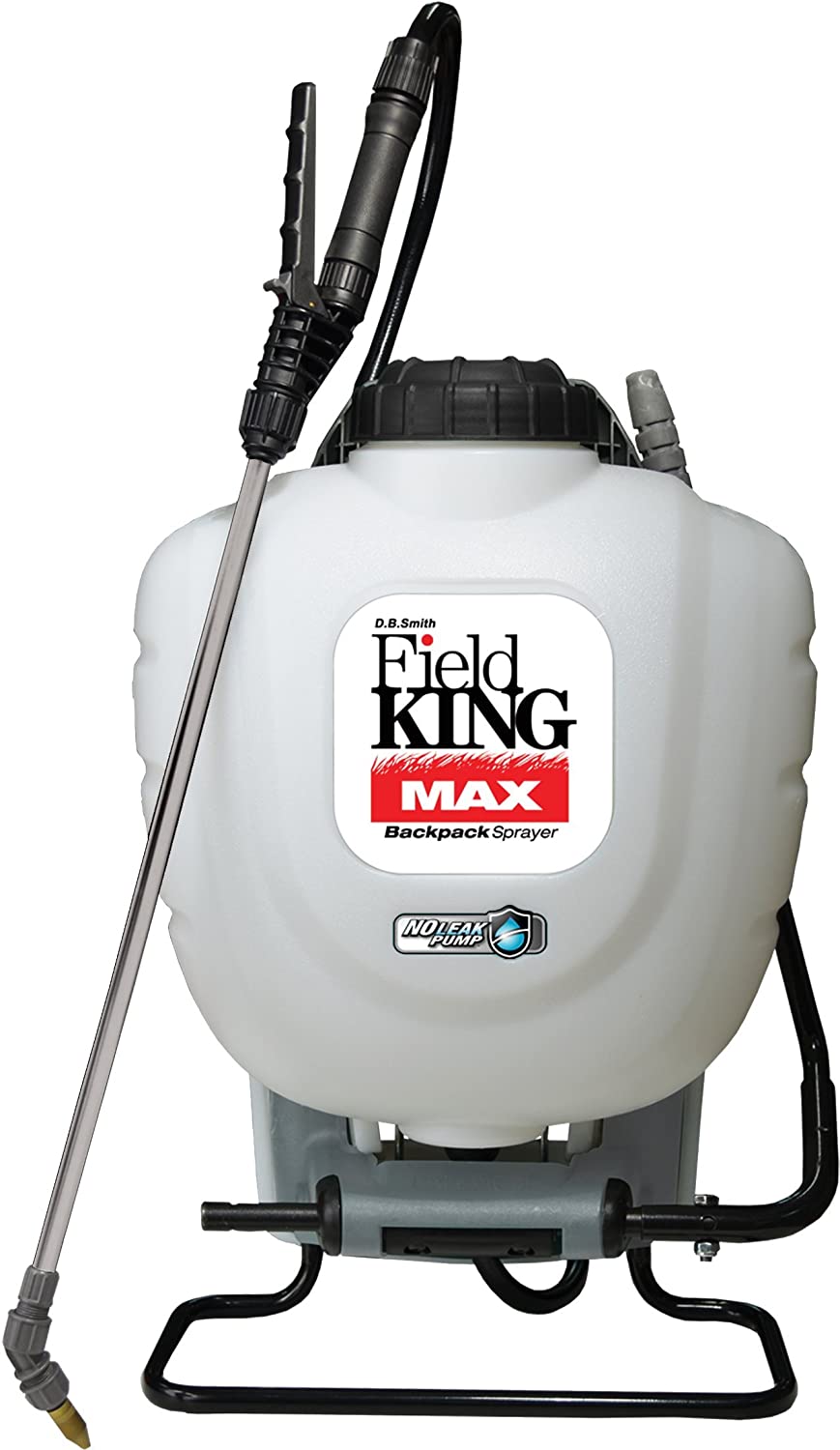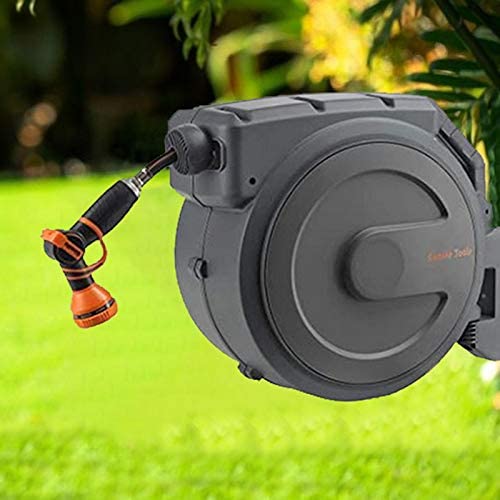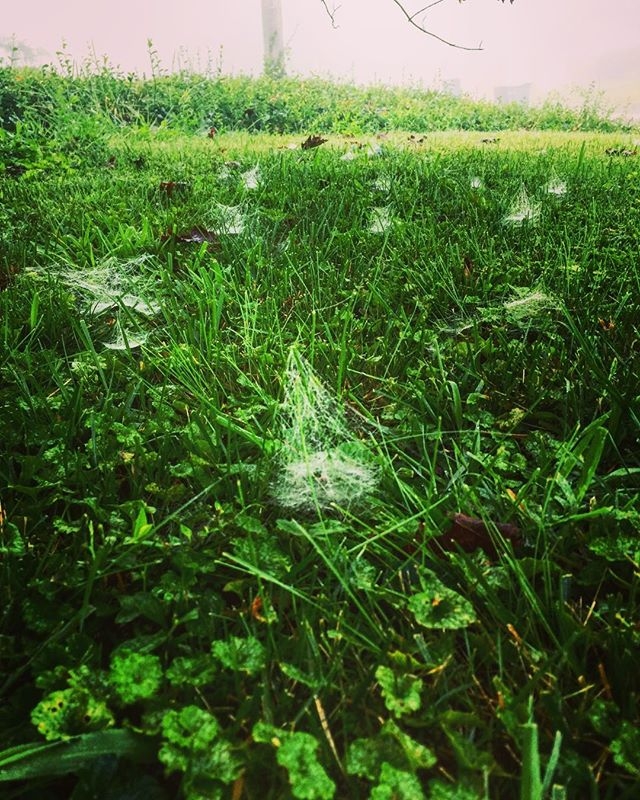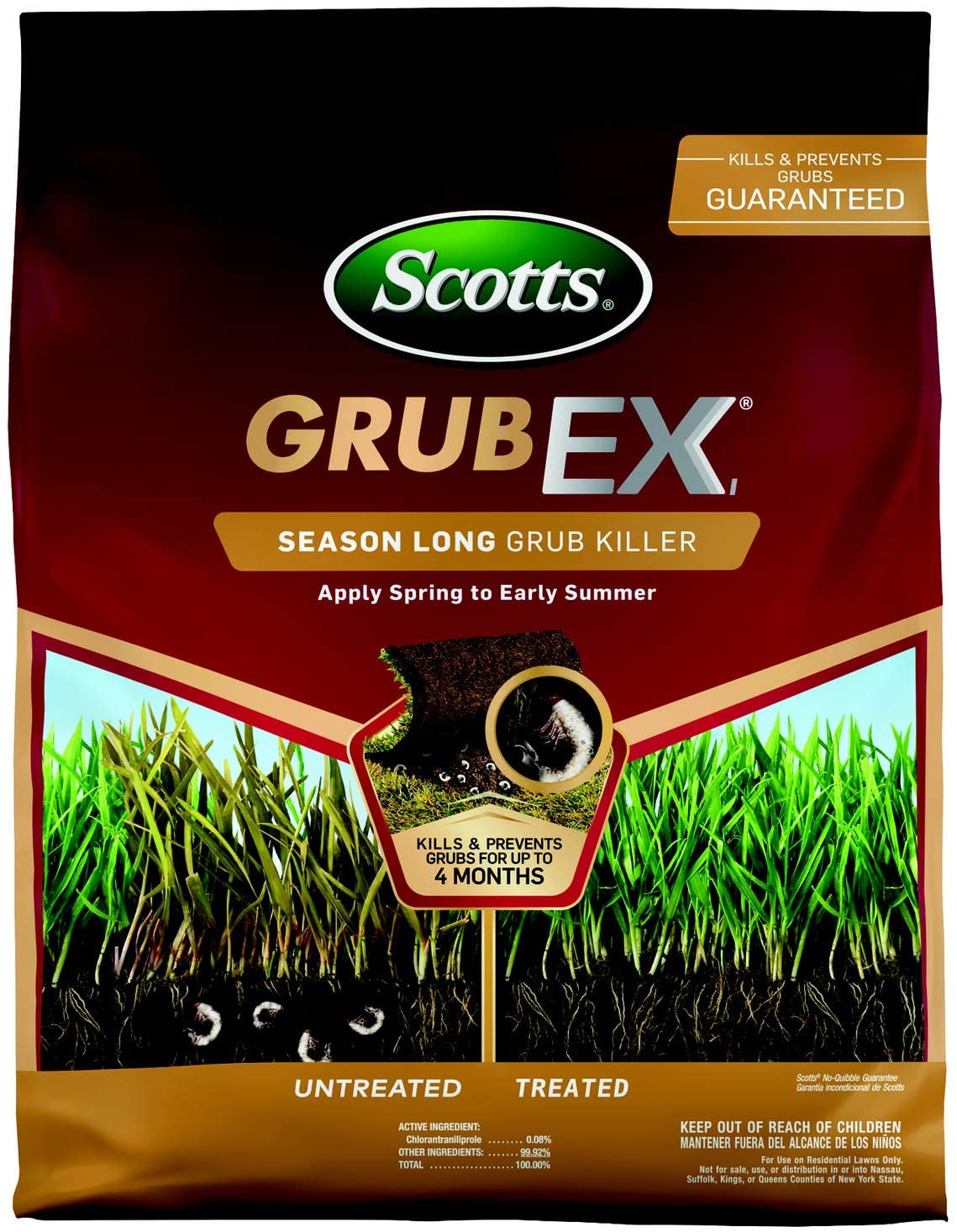Are Lawn Mushrooms Poisonous for Dogs?
Table of Contents
Some gardeners complain about mushrooms growing in their yard, citing them as unattractive blemishes. However, there are more serious reasons to be concerned about the appearance of mushrooms in your yard if you have animals or small children. While the large majority of lawn mushrooms are not poisonous, there are a handful that are toxic for dogs, cats and children – and they can even be lethal in the worst cases.
Even though almost 99% of mushrooms are not poisonous, it is very difficult for anyone other than experts to distinguish between the harmless species and the toxic strains. For that reason, if you own dogs, cats, or small children, you should remove any mushrooms in your yard as soon as you see them. Complete removal is simply the best way to prevent your dog from ingesting a poisonous mushroom, even if you are not sure if the strain is poisonous.
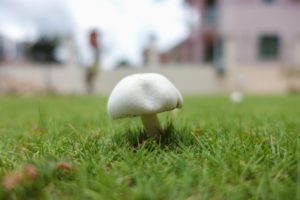
Most Lawn Mushrooms Are Not Poisonous and Actually Beneficial for Your Lawn
If you don’t own pets or small children, there is no urgency to remove mushrooms growing in your yard. In fact, most mushrooms are actually beneficial for the health of your lawn.
Mushrooms, a type of fungi, are essential decomposing organisms that feed on dead organic matter. When they feed, they break down the matter and allow the soil in your lawn to absorb helpful nutrients. Mushrooms feed on dead matter such as mulch, grass clippings, dead leaves, fallen tree branches, and thatch. They thrive in damp environments; after a heavy rainfall, you may see mushrooms appear in your yard within a few days. Alternatively, if you water your lawn too frequently, mushrooms will gravitate towards the overwatered areas. They also grow in humid conditions and areas of heavy shade, such as underneath the coverage of tree branches.
Poisonous Lawn Mushrooms That Can Hurt Your Dog
The most dangerous mushrooms are any fungi in the Amanita family, such as the aptly named Death Caps, which are fatal if ingested. Also poisonous are the Inocybe, Clitocybe and the green-spored lepiota species. Each type of poisonous mushroom can lead to different symptoms for dogs, and some are not as harmful as others.
Sometimes, the worst that will happen if your dog ingests a poisonous mushroom is vomiting and diarrhea, and as long as you catch the symptoms early enough, your dog will recover within seventy-two hours. However, in rare cases, the toxins target the dog’s liver and eventually spread to its other organs, ultimately resulting in death.
Symptoms of Lawn Mushroom Poisoning for Dogs
Some signs that your dog has consumed a poisonous mushroom are vomiting, diarrhea, salivation, jaundice, stumbling or stupor, dizziness, yellow gums and eyes, seizures, and a coma.
If your dog displays any of the above symptoms, you should immediately take them to a veterinarian, animal poison control expert, or animal emergency center. Depending on how early you catch the symptoms, your dog may be able to make a full recovery. When you bring your dog to a treatment center, be sure to either take a picture or collect a sample of the mushroom they consumed. This way, experts will be able to identify the type of poison they are attempting to eradicate.
How to Get Rid of Lawn Mushrooms
Some stores sell fungicides that claim to remove the fungi when sprayed over the mushrooms, but these fungicides will not actually remove the fungi growing underneath the soil. You can try removing any mushrooms you spot in your yard by hand, which will temporarily prevent a child or dog from consuming the fungi. However, this solution is only temporary since the mushrooms will eventually grow back. In order to completely remove the fungi in your yard, you need to target the environmental factors that enable their growth.
Mushrooms thrive on dead organic matter; pick up any dead leaves, tree branches, mulch, grass clippings, or other material which the fungi could feed on in your yard.
Stop Overwatering Your Lawn
If you have been overwatering your yard, try to water the lawn less frequently. Lawn mushrooms love to grow in areas of the lawn or landscaping that are holding too much moisture. This can sometimes be due to a lack of drainage as well.
Allow for More Sunlight By Trimming Branches
Trim your tree branches and other plants creating a source of shade to allow for sunlight to hit the area. Where it’s damp and cool, there’s a perfect habitat for lawn mushrooms to grow.
Dethatch, Aerate and Fertilize
Thatch is a buildup of dead grass in your lawn that hasn’t composted back into the soil. It’s usually due to not mowing your lawn often enough. Use a rake to dethatch your lawn.
Aerate your lawn to improve the water drainage of the grass, eliminating soggy areas where fungi might thrive. Finally, you can purchase a fertilizer that is rich in nitrogen with a fast release to combat the growth of the fungi. The nitrogen will rapidly decompose any dead matter before the fungi can feed on the material.
Remove Lawn Mushrooms Before They Harm Your Dog
Not all lawn mushrooms are poisonous for dogs, but it is incredibly difficult for a non-expert to distinguish between the toxic and harmless types of the fungi. While some cases are treatable, in very unlucky instances your dog could die from liver failure if they ingest a lawn mushroom. If you own a dog, cat or small child, the best option is to target any and all environmental factors that enable mushrooms to grow in your yard.
However, if you do not own any animals or have children, the only reason to remove mushrooms from your lawn would be if you simply dislike their appearance or are worried about other neighborhood dogs eating them. Consider that most mushrooms are actually an indicator that your soil is healthy, and the fungi can provide helpful nutrients to your grass.

